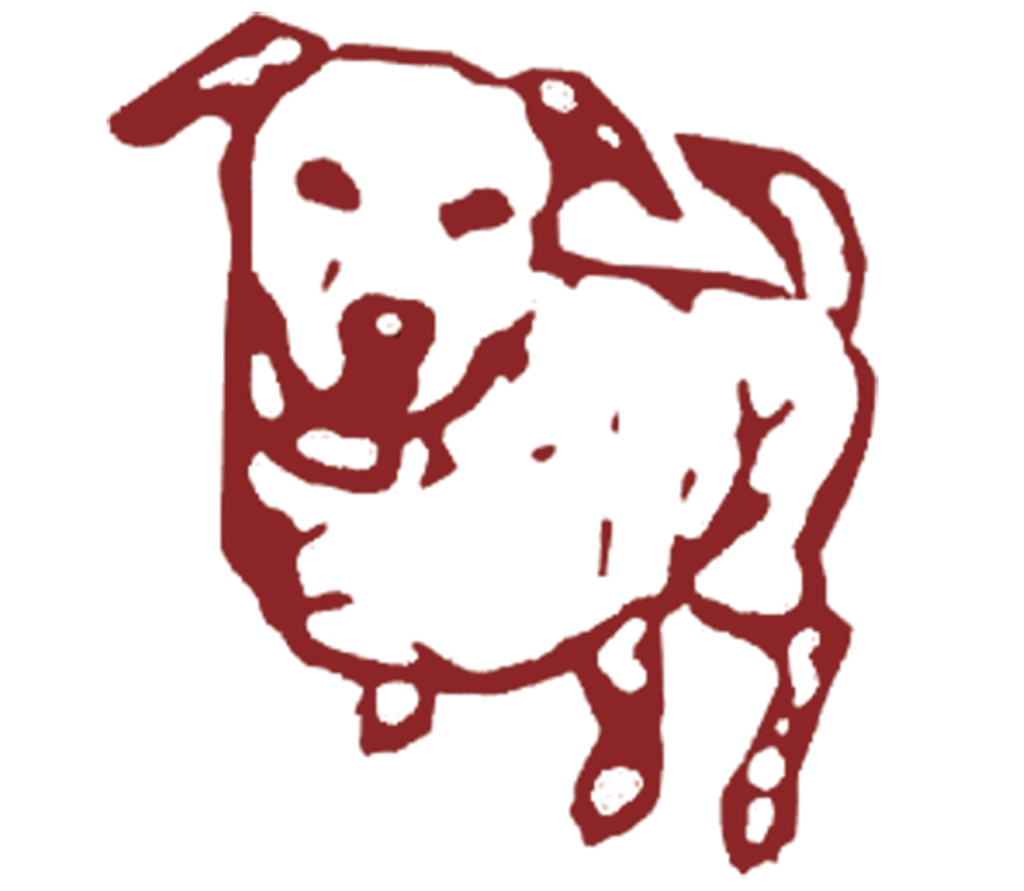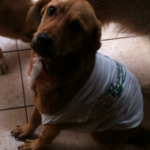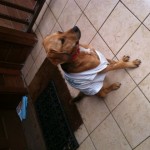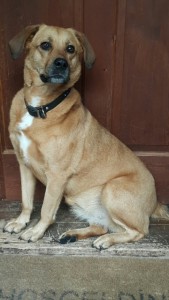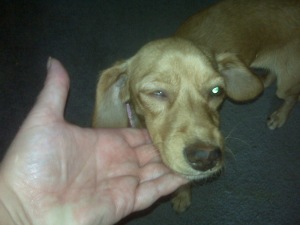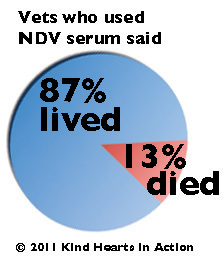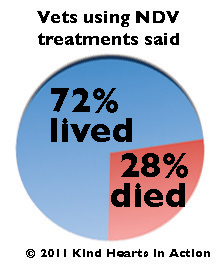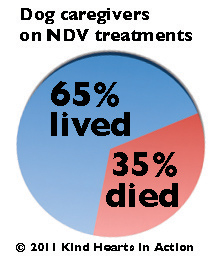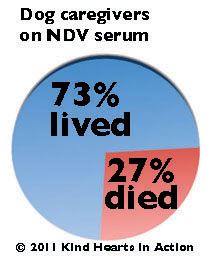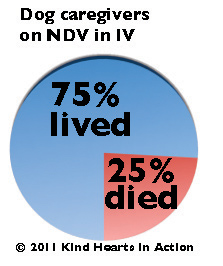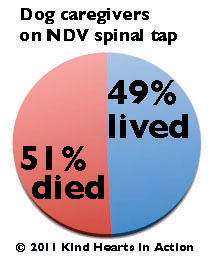We received these videos in January 2011 of Puik in Istanbul, Turkey. Here are some excerpts from e-mails we received about her case from her owner, Gulcin Goker:
Jan. 1, 2011:
“We are living in a forest side of İstanbul and unfortunately there are a lot of ownerless dog in İstanbul, and they are not living in a very good conditions, especially in winter time they need help.
“I owned a dog from the forest when she was nearly 6 months old. She was very underweight, slim and since she is living in our garden she is like anorexia , not eating very well.
“She has lived with us nearly 1 month. At the beginning she had only appetite problem, after 2 weeks when the cold arrived as it’s winter time she had very deep, chronic and [full] cough …”
” … After 10 days of continuously coughing … the right back leg very small notable tick and balance problem, the veterinarian said she has canine distemper …[later] … she started to cough continuously the same day she turned back home, and within 2 days she lost all body balance , she has a tremble also in the chest and head area but she is OK with appetite even if she is really incredibly thin.
“So now what shall we do?”
We responded with information about the NDV treatments and the name of a vet in Istanbul who had performed the NDV spinal tap before. It would take a few days to arranged the treatment, which happened Jan. 7, 2011. The day before the treatment, we received the first video and the picture.
Jan. 8, 2011
“She is ok after treatment , had only the fever 1 degree more than the normal but unfortunately today Sinem noticed that she still has a tremor on the same leg.”
My response: “The idea is that the distemper virus should have been stopped by the NDV, unfortunately a lot of the damage done to the nervous system remains. It takes time for the nervous system to repair itself. Let us hope that the symptoms will subside. We have a discussion forum where others who have gone through the NDV spinal tap can share their experience:
http://www.edbond.com/distemper/discussionboard/phpBB3/viewforum.php?f=2&sid=46cddee8bb5104bf75173332759e00d0″
I also put Gulcin in touch with another dog owner in Turkey, whose dog had been successfully treated with the NDV spinal tap: “I talked to Bezen today , thanks for the information , she shared me their story and gave me a lot of support. Today we took Puik back to home , she is strangely good , has no pain , no fever and even after the treatment she had no pain at all , the only sign that she is sick is that she has that tremor on the leg and it’s stronger than before. She has a very good appetite , she is eating very well.”
Jan. 19, 2011
“She had a seizure in complete body plus tremor on the legs during last week. 3 days ago Sinem started with some brain boost medicines with antibiotic, which is very strong on brain inflammation too. She is really very well since yesterday. She started walking, wagging its tail, eating third time a day a full plate. She still has a balance problem when she wakes up for a first step, but then she straightens up. I will send you its video.”
Jan. 20, 2011
This note came with the video: “She is going better day by day and eating really great , hope she will put on weight soon. Thanks and very best regards.” Gulcin
Aug. 4, 2011
We received new video with this note:
Hi Ed,
Do you remember Puik from İstanbul / Turkey?
I am sending you her video and some photos, and you can never imagine how she became a self confident, lovely and very brave dog.
She lives with her right front foot tremor but she used to live with it and it is not something that you can notice when she is in action, only you notice very clearly when she is sleeping but this is absolutely does not
have any effect on her life.This tremor remained the same because I found you 3 days later after the first sign of diagnosis when she had already started with this tremor so we were not able to improve it but thanks to God it is not repeated in the other feet.
On those days I was counting every single lbs she was putting on to keep her healthy and she was approximately 25 lbs but today after 6 months of NDV spinal tap treatment she is 38 lbs.
If you remember I was put her far away point in the garden then my other 2 dogs at home but after 2 months of the spinal tap with very notable improvements on her health conditions we let her come in to our home with the other 2 dogs and since that moment they are living all together very safety since 6 months and for sure they will live all together for many years.
Thanks a lot to you and our lovely veterinerian Sinem in İstanbul that Puik is alive and very healty and happy dog today.
Best regards,
Gulcin Goker
UPDATE
Hello Ed,
Do you remember Puik?
She was going to die in 2011 when she was not even 1 year old.
We have spent 5 more years together.
Here is our lovely Puik. She is the guardian of my heart and soul. She is really a guardian dog by instinct . It is also incredible that over the years she has quit with the leg tremor as well.
She has no symptoms, and I hope even no memories of those difficult days for her…
Once more thank you for what you have done for her and helped us.
Gulcin Goker
– Ed Bond
Read about Dexter, the first dog in Istanbul, to be saved with the NDV spinal tap
